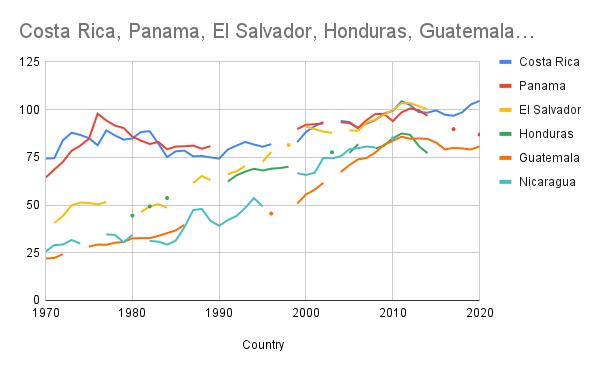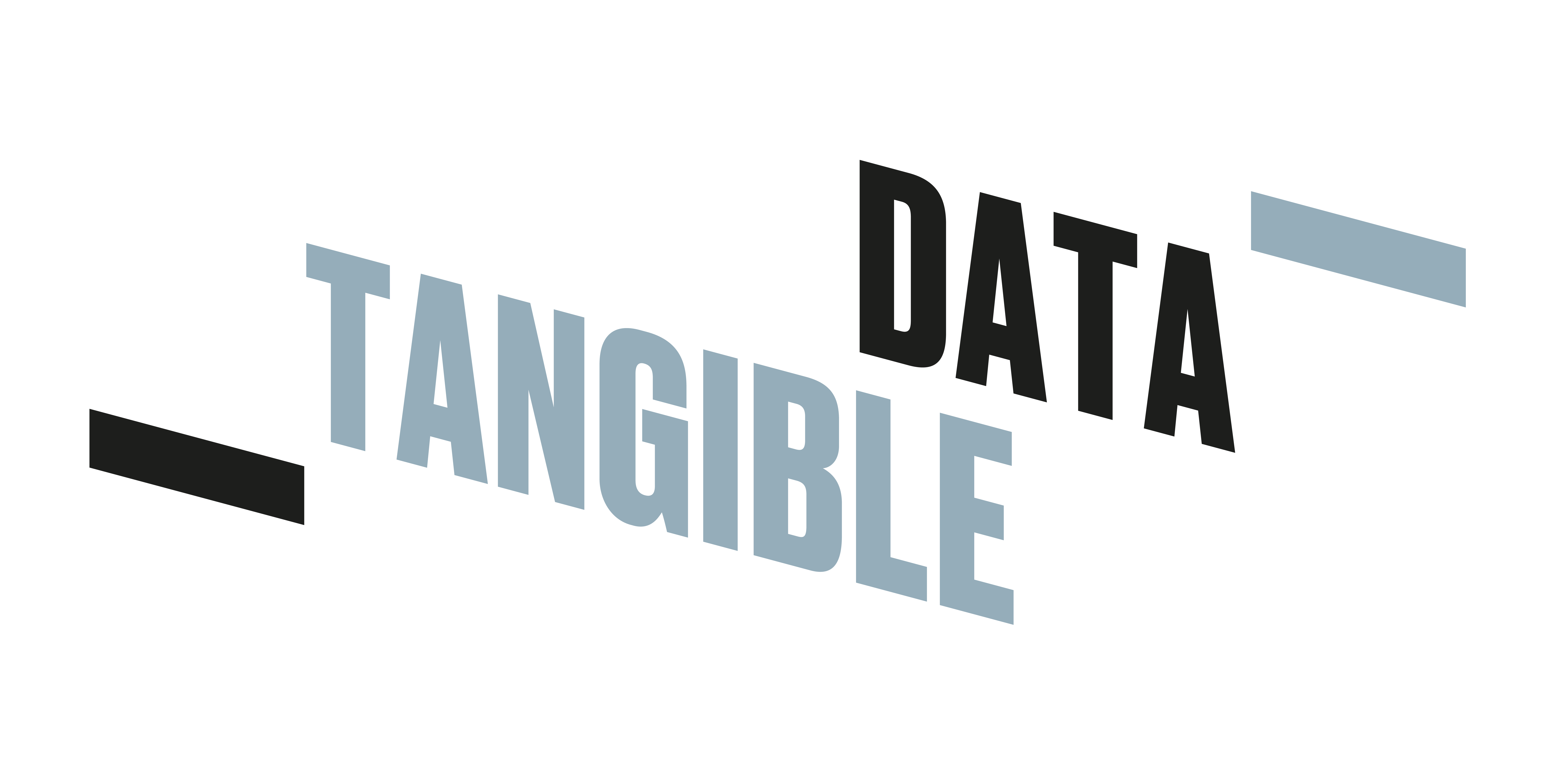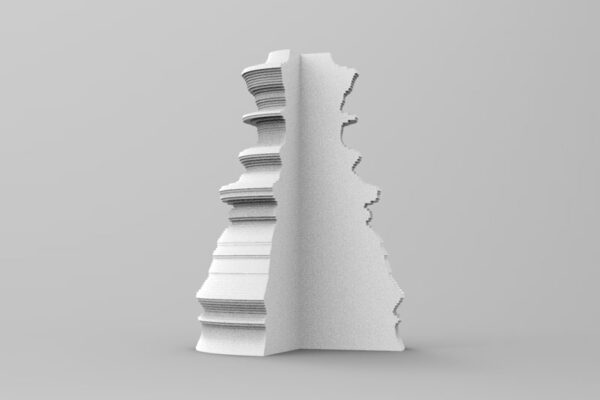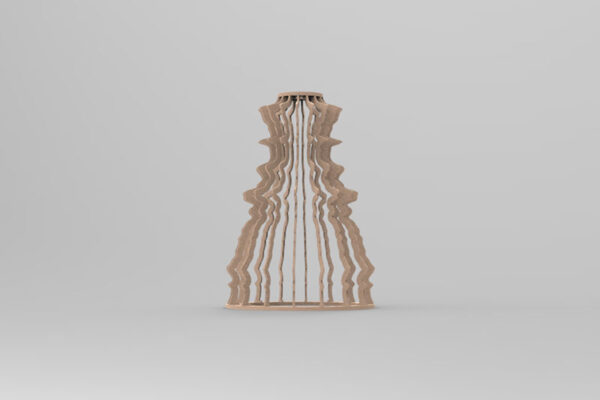The United Nations has identified primary education completion rate as a critical metric to meet the Sustainable Development Goal of Quality Education (SDG 4). This sculpture represents the evolution of the average rate of Costa Rica, Guatemala, Honduras, Nicaragua, Panama, El Salvador and reflects a notable progress since 1970 in the region as a whole.
Central America has seen an evolution in its education system, including disruption of schooling during escalating conflicts in the 1970s and 1980s and education reform in the post-conflict era of the late 1980s and through the 1990s. The specific reforms varied by country, but resulted in increased coverage of schooling across rural parts of the country and improved education metrics, including increased literacy and decreased primary school repetition rates. Though there are still improvements to be made, including access to higher levels of education and bilingual programs, it is important to celebrate the progress made to date.
Data Deep Dive
The number of people in the relevant age group who have completed the last grade of the given level of education is expressed as a percentage of the total population (in the survey sample) of the same age group. As with attendance rates, individuals are assigned a completion age group based on their actual or assumed age at the start of the school year.
Aggregated data reveals a gradual improvement of primary education completion rate, with some indication of stagnation in the past decade.
Data disaggregated at the country level reveals differences between Panama and Costa Rica where the rate has remained close to 90% since 1970 and Honduras, El Salvador, Guatemala, and Nicaragua where the rates have generally shown increases, starting from 25-50% in 1970 and reaching 75% or more shortly before 2010.

The data is provided by the UNESCO Institute of Statistics (uis.unesco.org; retrieved June 2022).
Fabrication Process
The sculpture was made with laser cut plywood in a skeletal structure style, where the data series is replicated several times around a cylinder to create the 3D volume standing 36 cm high and 25.5 cm wide. The sculpture was fabricated by the FABLAB at the Regional Center of the Technological University of Panama (UTP), in Azuero.
The Exhibition
The data sculpture was presented at the exhibition “Centroamérica, 50 años en 50 imágenes” at the Museo de la Libertad in Panama City, Panama. The exhibition was a celebration of the 50th anniversary of the EFE Agency media outlet and showcased a journey through the history of Central America, told through the eyes of its photographers. The data sculpture was sponsored by Ficohsa, one of the sponsors of the exhibition.
Time for Action!
If you are interested in taking action in this topic, register here.




